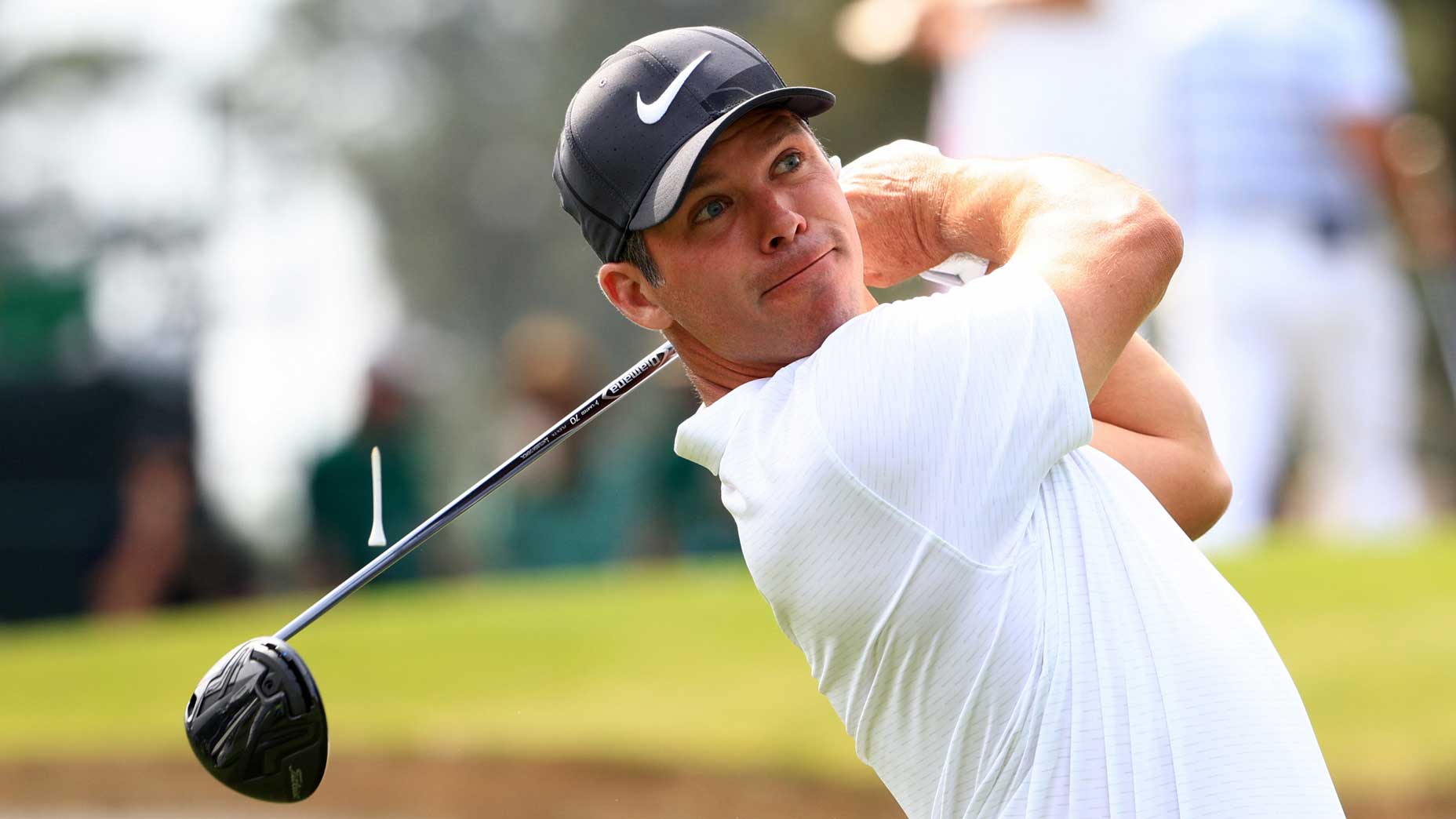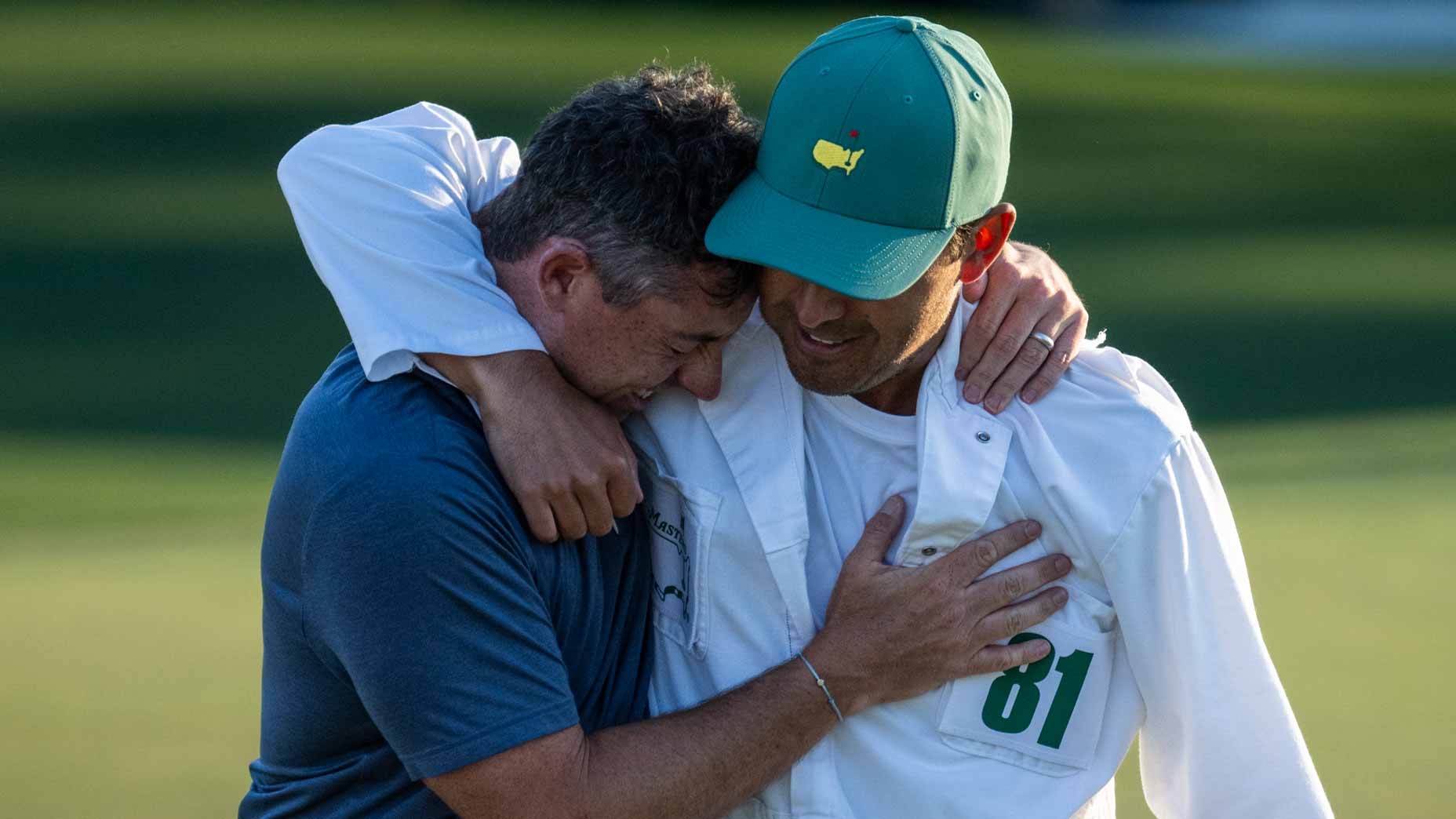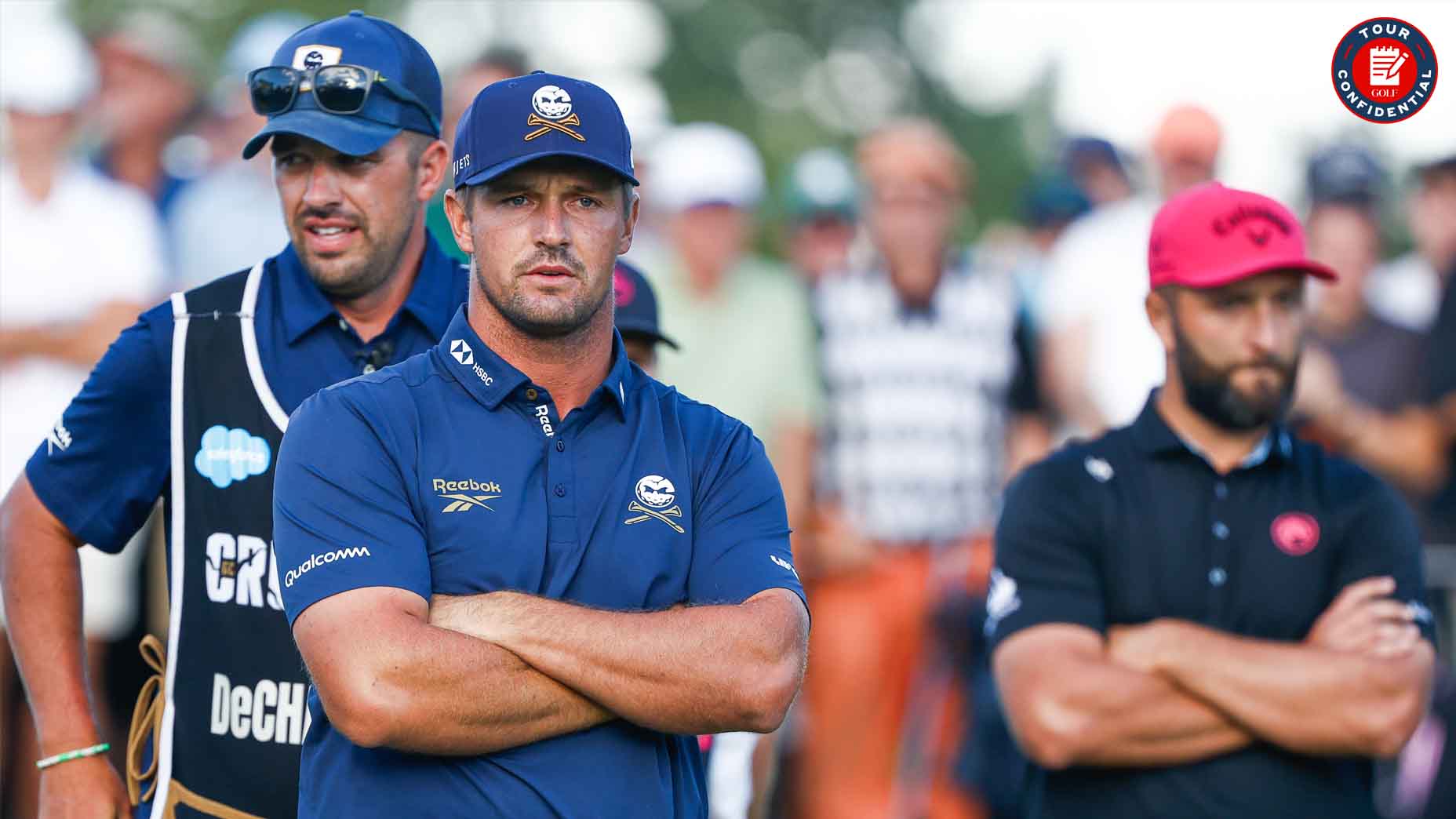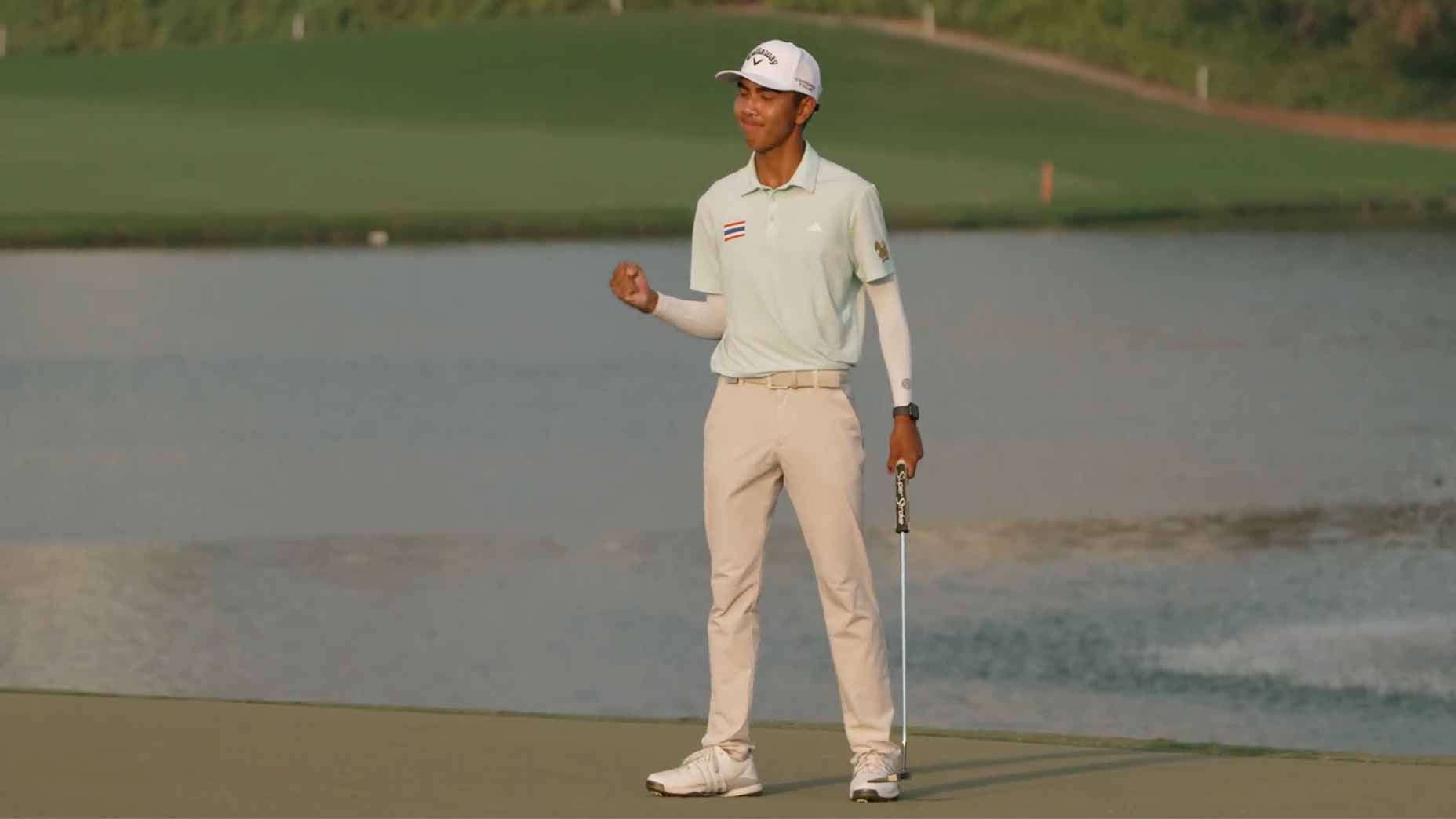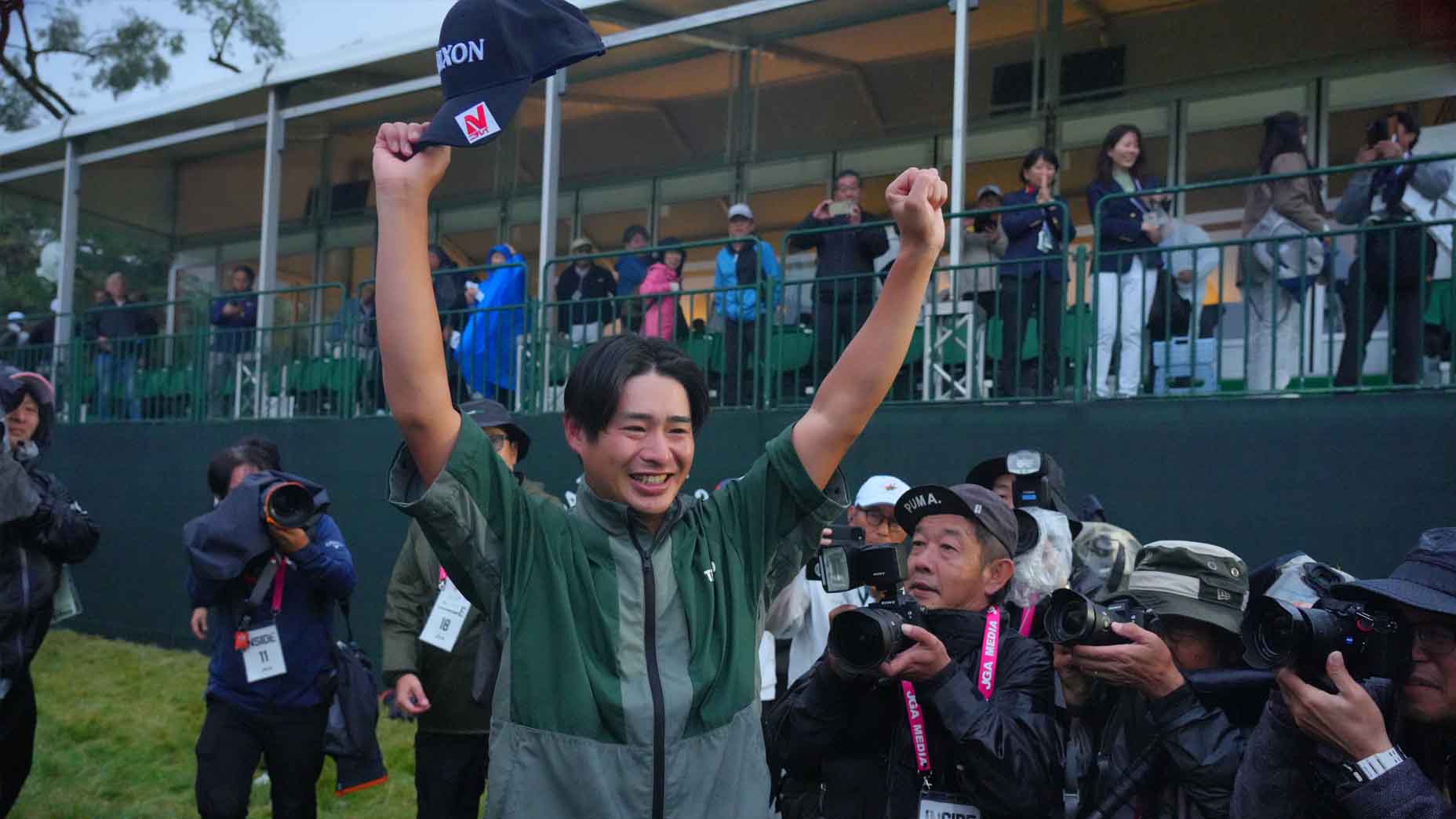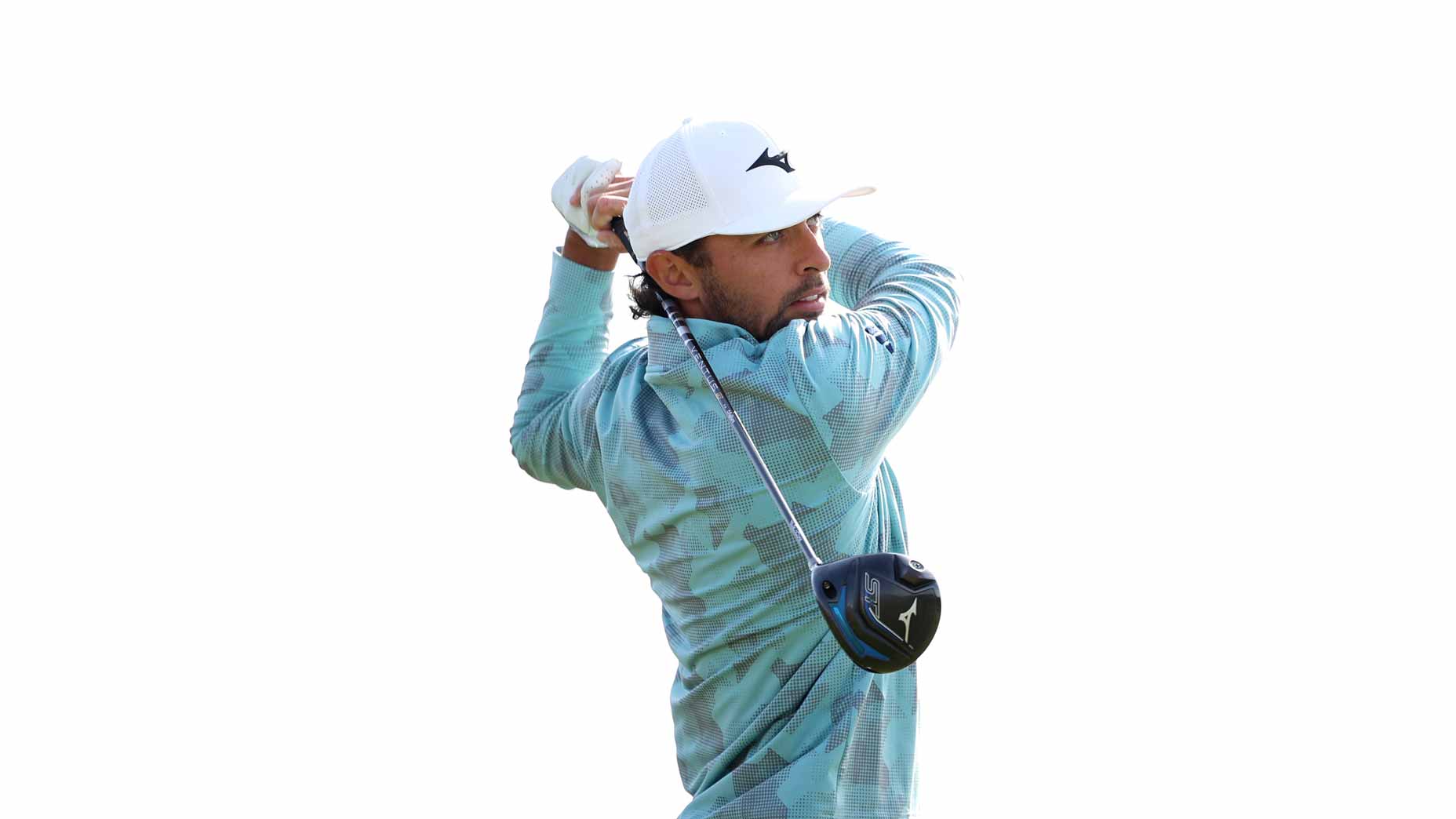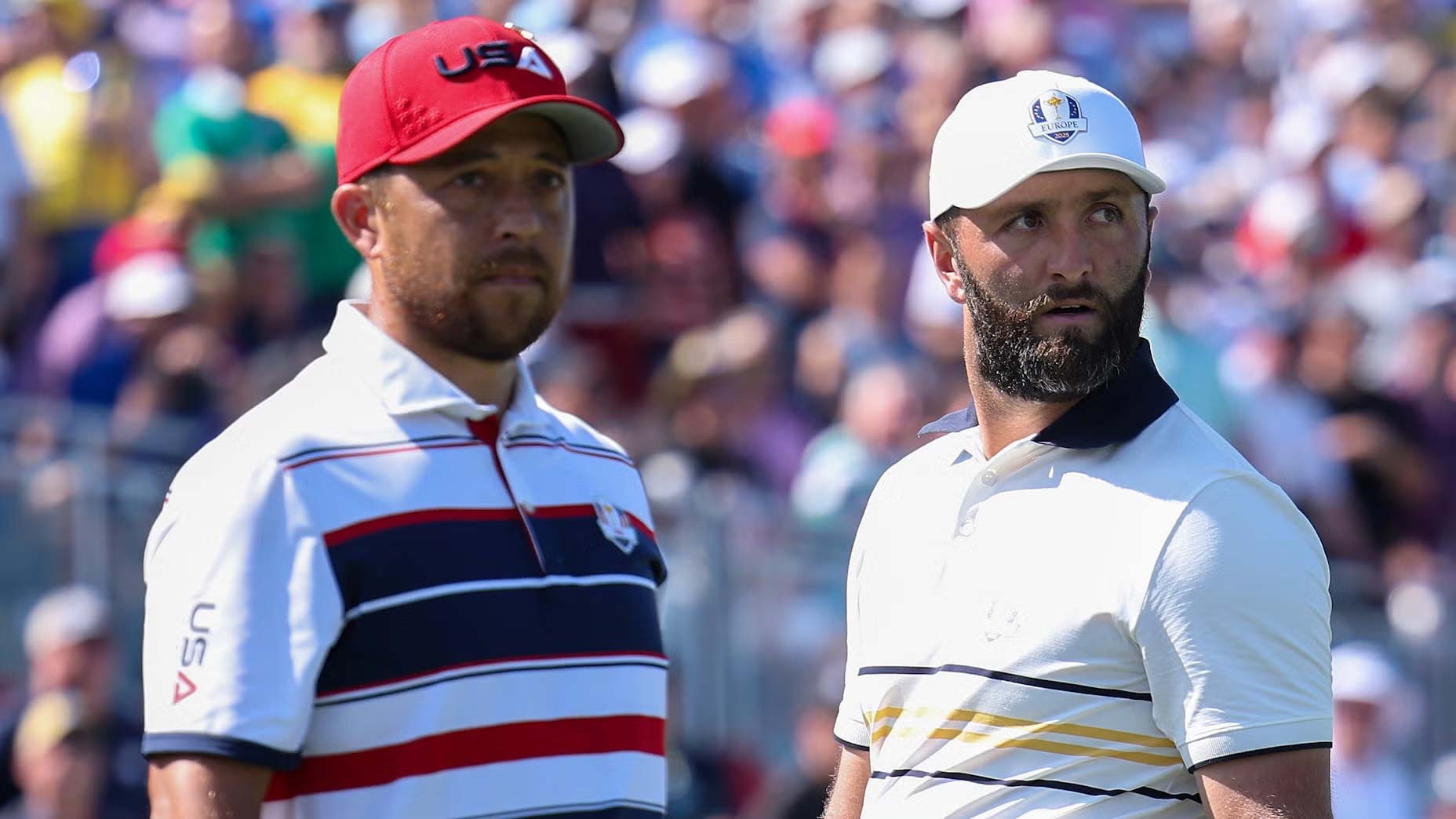So you’ve had a bad day on the golf course. Don’t worry, we get it. But you’re determined to put it right, so what do you do next?
You head to the range and start hitting ball after ball after ball after ball. The secret is in the dirt, after all, so what better time to dig it out than now.
But as much as all that makes sense, you could be doing more harm than good. At least in Paul Casey’s mind.
Casey finished day one at the 2021 Masters at one over, which on a difficult scoring day at Augusta, was a round many players would’ve been pleased with. But Casey couldn’t help but feel disappointed.
“I felt like I left a few out there,” he said. “It was up and then it was down. It was a rubbish roller coaster. You wouldn’t pay for it.”
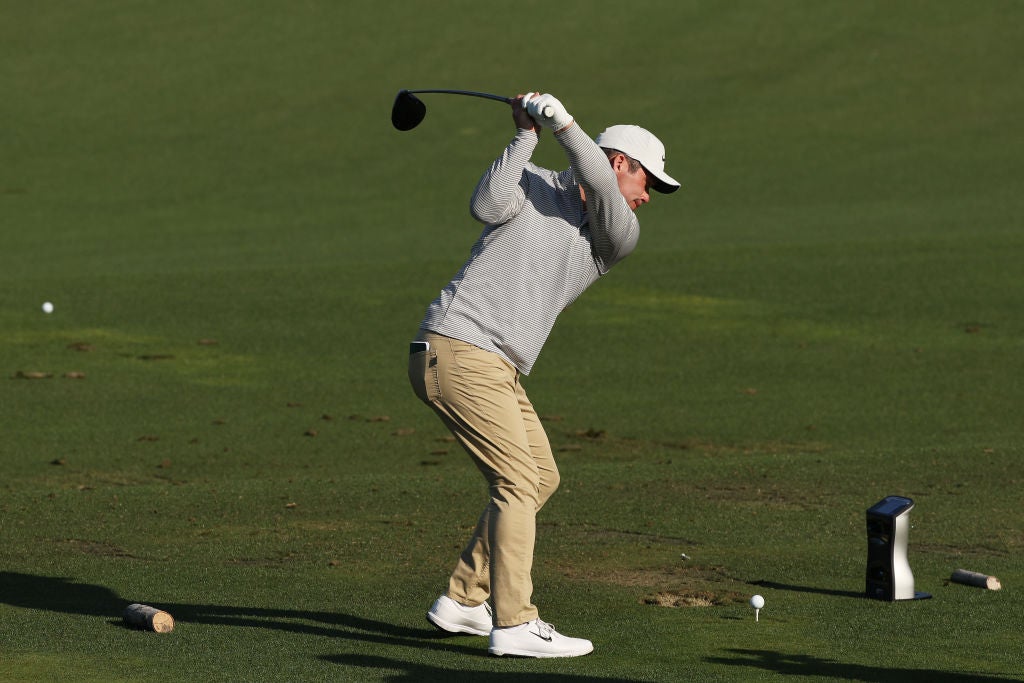
Casey’s biggest issues came off the tee — “The driver was leaking right all day,” he said — and he wanted to head to the range to put it right. But at his caddie’s behest, he didn’t.
Why?
“The wind is going to be off the left and I’ll only stand there and probably try to hit hooks and it will just get worse and worse,” Casey says.
It’s a throwaway comment but nevertheless an interesting one, because it strikes me as a detail pros think a lot about that amateurs hardly think about it all. But it makes sense.
Think about it: If Casey is hitting the ball slightly too much from left-to-right, and he goes to the range where the wind is moving from left-to-right, it’s going to make that small problem look worse than it actually is. But because he’s intent on trying to solve the problem, he’s going to try to hit big draws so it looks like he’s hitting the ball straight. In reality the wind is shielding the fact that he’s over-correcting, and if he spends an hour or two practicing nothing but “hooks,” as he says, he’ll probably start missing the ball to the left by the time he hits the course the next day.
All of which is to say, it’s important to realize when practicing may be doing more harm than good. As it relates to your own game, the key is understanding the underlying cause of your misses and practice counteracting those instead. In short, the goal is to practice smart.
If you’re missing too much to the right, like Casey was at the Masters on Thursday, there’s a good chance you’re falling into one of the various traps that our partners at GOLFTEC have outlined here. No number of golf balls you hit will help you solve that if you don’t know where you’re going wrong in the first place. All you’ll be doing is ingraining bad habits, or if you’re lucky, overcorrect.
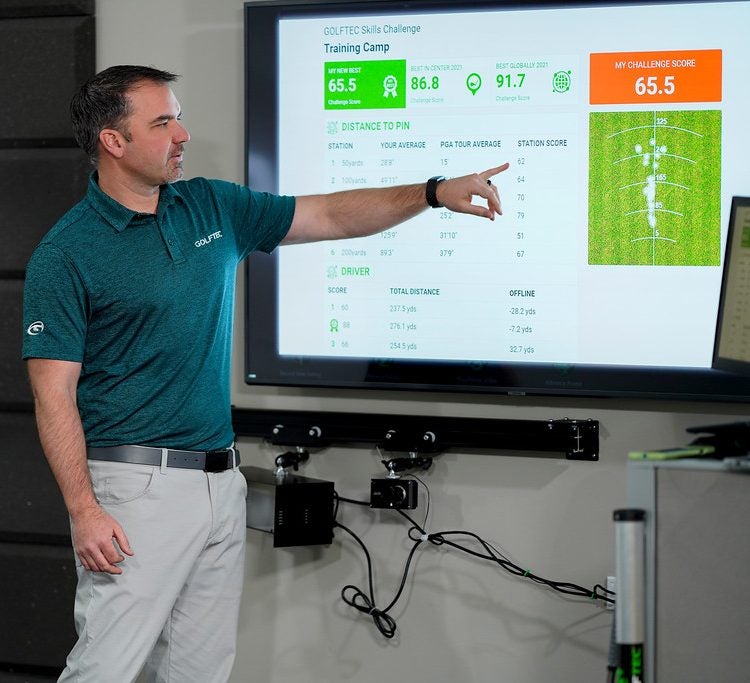
That’s why my humble advice would be to follow Casey’s do the opposite: To know when to step away, book a lesson and make sure you’re practicing the right things. Our partners at GOFLTEC are offering a deal for first-timers, which you can check out right here. But above all else, be careful about the various ways you may be engraining bad habits, and avoid them at all costs.
